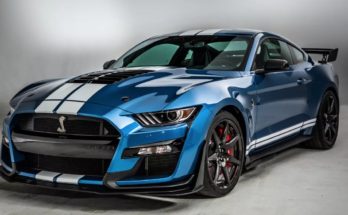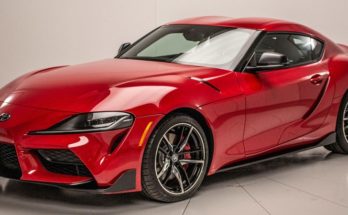I know, I know – Frankenstein was the doctor, not the monster. However, in popular usage, the term ‘frankenstein’ can mean the combining of disparate elements to create something new, which would be accurate when describing how the Mercury Cougar came into existence. I don’t know of many other vehicles that were created in this way and I’m somewhat curious as to how this came about – the Mercury Cougar was more of a name than a model, and it was applied to several different shapes and sizes throughout the years, using other car bodies as the base for the Cougar.
Apparently, it was common practice at Mercury to use Ford bodies for their new builds. The Cougar, for example, started out based on the Ford Mustang, though this did change through the years as Mercury utilized the following Ford models for the Cougar: Torino, Thunderbird, and Countour. The first Cougar, based on the Ford Mustang, put Mercury in the running with other car companies who were already selling pony cars. The Cougar was first sold as a two-door, but during its run it was available as a hatchback, a station wagon, or four-door as well.
While the Mercury Cougar may have taken most of its practical parts from the Ford family, it also added some stylish touches from European cars, such as the Jaguar (which makes sense considering that the Cougar was hailed as the American ‘cat’ car). First generation Mercury Cougar Sport editions had a dashboard consisting of faux wood grain, toggle switches, and leather-vinyl interior.
Later generations of the Cougar sported re-styled headlights, grilles, and had new engines installed to meet tighter safety criteria, taking inspiration from anywhere and everywhere, including the Mercury Cyclone and Montego, the Continental Mark V, and the Ford Fox platform. There were also upgrades, including opera windows, a re-designed cougar hood ornament, and a ‘Traction-Lok’, so although the Cougar was getting bigger in an era when other companies were downsizing, customers were still drawn to and driving the Mercury Cougar. In fact, the Cougar was not made in a smaller size until 1980. It was also offered with a V8 engine this time around, as well as an automatic transmission rather than manual.
Sixth generation Mercury Cougars have the unique distinction of being one of the two vehicles (the other being the Ford Thunderbird) to overhaul the design of the entire automotive industry with their “aero-look”. This shiny, new design drove purchases of the Cougar up and over the Thunderbird and began a trend that would become standard practice design-wise for decades to come.
After the eighth generation, however, it was time for the Mercury Cougar to say goodbye. In 2002, after several decades on the market, the Cougar was retired from the Mercury line. It had a good run in both North America and Europe (though it was rebadged as a Ford Cougar across the pond).


